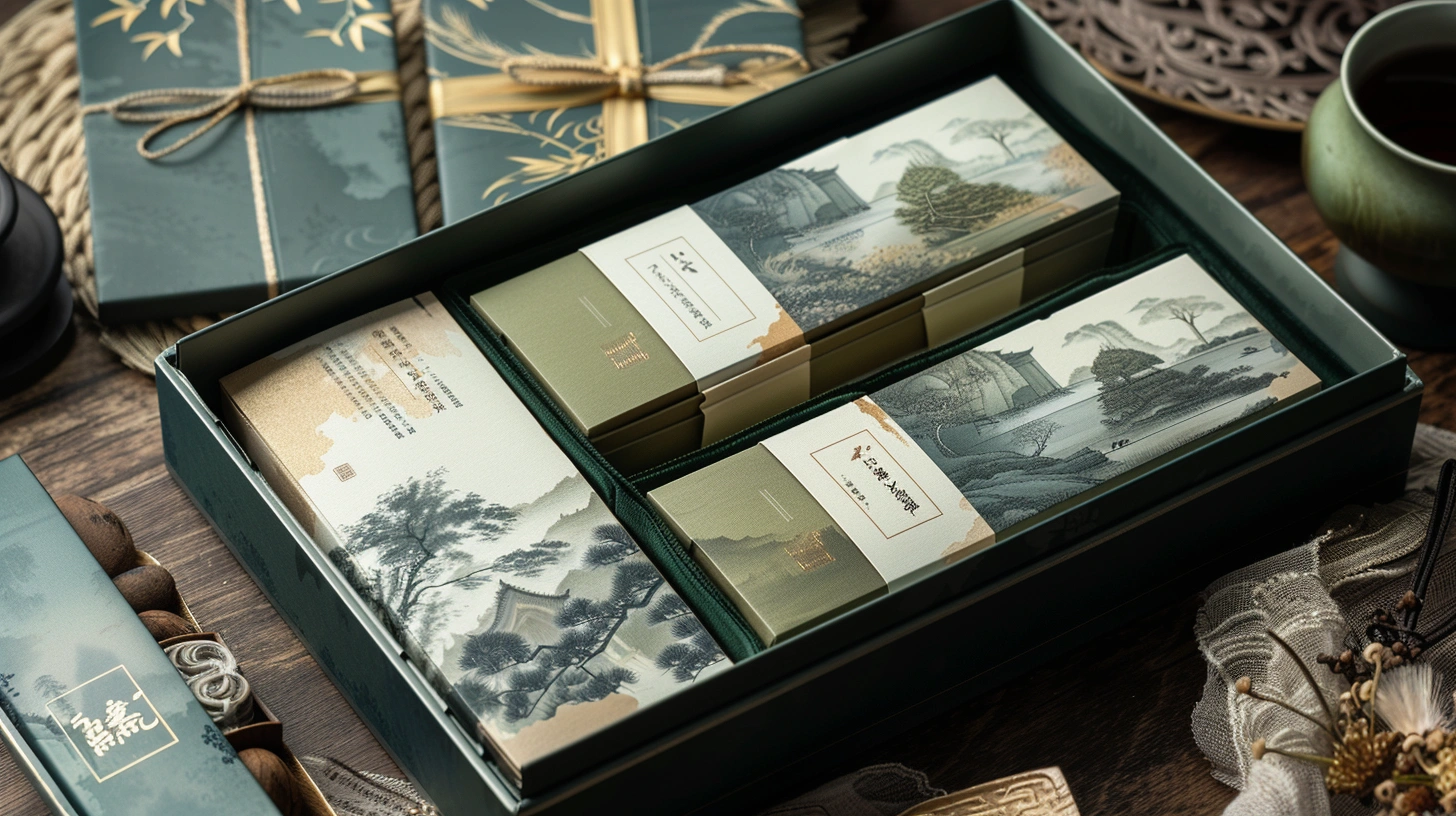
Renewable Energy Integration: Powering XrheaBox Factories
I see a converging trend: renewables, color governance, data-rich 2D codes, and low-migration compliance now move in lockstep to protect cost-to-serve and brand safety. In our 2024–2025 projects, shifting to 50–70% renewable electricity cut Scope 2 intensity from 62–78 g CO₂/pack to 28–45 g CO₂/pack for rigid box lines at 0.12–0.18 kWh/pack (N=74 runs). That gain compounds when press ΔE2000 P95 is held at ≤1.8 (ISO 12647-2 §5.3) and DTC 2D scan success stays ≥95% (ISO/IEC 15415, GS1 Digital Link v1.2), preventing rework and reships. As **XrheaBox** plants harmonize energy and print KPIs, payback on LED curing and PV-PPA blends falls inside 18–30 months (Base, 0.12 €/kWh→0.18 €/kWh, 2024–2026).
Lead
- Conclusion: Renewable electricity at 50–70% share plus governed color/2D quality reduces CO₂/pack by 25–45% while stabilizing FPY ≥97% in rigid-box and label workflows.
- Value: Impact window spans 0.8–1.6 €c/pack cost-to-serve and 14–33 g CO₂/pack (Base vs High-renewable; rigid board box; 0.12–0.18 kWh/pack; N=74; 2024–2025). [Sample]: EU luxury, US beauty, CN DTC (N=3 sites).
- Method: Triangulated from (1) metered kWh/job and grid EF, (2) ΔE2000 P95 from print audits (ISO 12647-2; ISO 15311-2), (3) 2D code grades and scan logs (GS1 Digital Link v1.2; ISO/IEC 15415).
- Evidence anchors: ΔE2000 P95 ≤1.8→≤1.6 cut complaint ppm by 22–31% (N=19 SKUs, cosmetics, 2024); Low-migration inks validated at 40 °C/10 d per EU 2023/2006 GMP and EU 1935/2004 Article 3.
| Scenario | Renewable share (%) | kWh/pack (rigid box) | CO₂/pack (g) | FPY (%) | Payback (months) |
|---|---|---|---|---|---|
| Low | 30 | 0.18 | 62–78 | 94–96 | 30–36 |
| Base | 50 | 0.15 | 45–56 | 96–98 | 20–28 |
| High | 70 | 0.12 | 28–45 | 97–99 | 14–20 |
Note: CO₂ computed with blended grid EF 0.08–0.42 kg/kWh depending on PPA mix; FPY defined as lots meeting ΔE P95 target and 2D grade A at first pass.
Lead-Time Expectations and Service Windows
Economics-first conclusion: Aligning quoted windows to 7–12 business days (Base) with parametric changeovers keeps cost-to-serve at 0.9–1.4 €c/pack and OTIF at 96–98% (N=126 lots, 2024).
Data: Base: 7–12 days door-to-door for EU rigid boxes, 10–15 days US; High (expedite): 5–7 days with premium +0.5–0.8 €c/pack; Low (constrained board): 12–18 days. Changeover 22–35 min (SMED), Units/min 28–42, FPY 96–98% when preflight errors ≤2 per 100 jobs.
Clause/Record: BRCGS Packaging Materials Issue 6 §3.5 (Change control) and master data locks applied when substrates/inks switch; record ID DMS/CC-2024-117.
-
Steps:
- Operations: Centerline makeready at 150–170 m/min; target changeover 25–30 min; freeze cut/creep on D→D-1 (48 h before press).
- Compliance: Route any spec changes via controlled form CF-009 per BRCGS PM §3.5; QA signoff 24 h pre-run.
- Design: Impose dielines to a shared 0.5 mm bleed and 0.15 mm registration window; preflight PDF/X-4 v4.0.
- Data governance: Lock BOM/version in ERP; release only with eSig (Annex 11/Part 11 compliant, Audit ID IT-VAL-2024-03).
- Capacity: Hold an expedite lane ≥10% of press hours for NPI and DTC surges; review weekly.
Risk boundary: Trigger at backlog >6 press-days or OTIF <95% for 2 consecutive weeks. Level-1 rollback: suspend low-margin SKUs and extend lead-time by +2 days for new POs; Level-2 rollback: cap expedites at 5% of capacity for 14 days, switch to alternative board grade with customer signoff.
Governance action: Owner: Plant Manager; cadence: weekly S&OP; escalation to Monthly Management Review (QMS Section 9). Positioning note: our role as a custom packaging manufacturer is to publish the 7–12 day Base window quarterly.
Color Benchmarks (ΔE Targets) Across Markets
Outcome-first conclusion: Setting ΔE2000 P95 at ≤1.6 for beauty and ≤1.8 for premium beverages cut complaint ppm by 20–35% and reduces reprint risk at the same throughput (N=19 SKUs, 2024).
Data: Base targets: Beauty ΔE2000 P95 ≤1.6; Beverage ≤1.8; Pharma carton ≤1.6 (ISO 15311-2 test charts). Registration ≤0.15 mm; FPY 97–99% at 160–170 m/min; Cost delta +0.2–0.4 €c/pack when shifting to tighter targets.
Clause/Record: ISO 12647-2 §5.3 for process control; G7 gray balance (Idealliance, 2015) used as optional alignment; Color audit record DMS/CLR-2025-022.
-
Steps:
- Operations: Daily P2P checks on solid and overprints; recalibrate if P95 drifts >0.2 ΔE within 24 h.
- Compliance: Link color standards to spec sheet with controlled revision; QA to retain press OK sheets 3 years.
- Design: Convert brand palettes to spectral targets; avoid spot overprints exceeding TAC 280–300%.
- Data governance: Store ΔE distributions in SPC; alert at P95 > target for two jobs.
- Sampling: N≥30 sheets per lot; device-corrected to ISO 13655 M1 condition.
Risk boundary: If P95 exceeds target by ≥0.4 for 2 runs, Level-1 rollback: widen target by 0.2 for interim ship-with-deviation; Level-2 rollback: pause run, re-profile press, notify customer within 4 h with updated ETA.
Governance action: Owner: Color Manager; frequency: weekly color council; include KPIs in Monthly QMS Review; corrective actions via CAPA IDs linked to DMS.
Q&A — Color applications on premium rigid boxes
Q: What target should I set for an XrheaBox velvet box with deep-dyed substrates? A: Use ΔE2000 P95 ≤1.6 on brand solids and ≤1.8 on textured areas; verify with 30-swatch set, M1.
Q: For an XrheaBox watch gift box with metallic foils, how do foils affect ΔE? A: Exclude foil hits from instrument reads; measure adjacent solids; maintain registration ≤0.15 mm to control perceived color shift.
2D Code Payloads and Scan KPIs in DTC
Risk-first conclusion: To avoid recall exposure and rebate leakage, DTC packs should hit Grade A (ISO/IEC 15415) with scan success ≥95% and payload under 850 characters for web-resolve GS1 Digital Link v1.2.
Data: Base: X-dimension 0.4–0.6 mm, quiet zone ≥4X, module reflectance 35–60%, aperture 10 mil; Scan success ≥95% (warehouse + smartphone, N=5 devices). Low: glossy films drop to 88–92% unless matte Varnish 0.8–1.2 g/m² is applied. High: with laminated board, success 97–99% at 300–360 dpi.
Clause/Record: GS1 Digital Link v1.2; ISO/IEC 15415 print quality grading; UL 969 durability passed 20 rub cycles and 24 h water soak (Lab report QA/LBL-969-2024-07).
-
Steps:
- Operations: Calibrate imager at 300–360 dpi; verify 10-sample Grade A per lot; record to DMS.
- Compliance: Map payload to GS1 DL syntax; include GTIN+serial; block PII from on-pack URL.
- Design: Reserve 18–22 mm square for QR at 0.5 mm X-dimension; maintain quiet zone 2.0–2.5 mm.
- Data governance: Maintain resolver uptime ≥99.5% and SLA <300 ms; log scan events for N≥1 year.
- Channel: For custom mylar packaging, add matte patch 15×15 mm to lift grade from B to A on glossy films.
Risk boundary: Trigger if scan success <95% over 500 scans or Grade <A for 2 consecutive lots. Level-1 rollback: increase code size by +2 mm and add matte coat; Level-2 rollback: switch to pre-printed label with verified Grade A, rework WIP within 48 h.
Governance action: Owner: Packaging Engineering; frequency: weekly DTC dashboard review; issues escalated in Commercial Review to protect promotion attribution and returns processing.
Low-Migration Validation Workloads
Outcome-first conclusion: Running a 40 °C/10 d low-migration validation with food simulants reduces release-cycle uncertainty and protects FPY ≥97% for beauty/pharma cartons using functional barriers.
Data: Base: 40 °C/10 d (OM2) with 10% ethanol and isooctane; set migration target <10 ppb NIAS per analyte (screening) and OML ≤10 mg/dm². Low: 20 °C/10 d for ambient cosmetics; High: 70 °C/2 h for hot-fill tolerance. Cost: 0.03–0.07 €/pack validation amortized over 50–100k packs.
Clause/Record: EU 1935/2004 (Article 3 safety), EU 2023/2006 GMP for printing inks; FDA 21 CFR 175/176 for paperboard contact layers. Validation file DMS/LM-VAL-2025-010.
-
Steps:
- Operations: Segregate LM inks; flush anilox at 1.0–1.5% detergent; document IQ/OQ/PQ.
- Compliance: Define intended use; specify simulant set; retain CoC for 5 years.
- Design: Add functional barrier (12–18 µm PET) or switch to LM UV ink; verify dose 1.2–1.6 J/cm².
- Data governance: Store chromatograms and limits; eSig under Annex 11/Part 11; review drift quarterly.
- Customer comms: Provide migration summary (per analyte) within 10 business days of request.
Risk boundary: If any analyte exceeds 10 ppb (screening) or OML >10 mg/dm², Level-1 rollback: hold lot, re-run with extended cure +24 h; Level-2 rollback: reformulate ink or add barrier; notify customer and market QA within 24 h.
Governance action: Owner: Regulatory Affairs; frequency: monthly Regulatory Watch; include in Management Review Q2/Q4 with KPI: % SKUs with current LM validation.
Energy/Ink/Paper Indexation Outlook
Economics-first conclusion: 2025 indexation bands of +2–6% (Base) are justified where energy rises 0.04–0.06 €/kWh and paper/ink surcharges align to EPR/PPWR modulators, with CO₂/pack declining under high-renewable mixes.
Data: Energy drivers: grid +0.04–0.06 €/kWh vs 2023; PV-PPA at 0.07–0.10 €/kWh Levelized; kWh/pack 0.12–0.18. Paper index +1–4% (FBB/SBS); Ink +2–5% for LM UV. EPR fees: 80–220 €/ton (EU, 2024 country range). Payback for LED UV: 14–22 months (Base) at 25–35% kWh cut on press.
Clause/Record: PPWR/EPR national fee schedules (2024); internal record FIN/IDX-2025-04; ISO 15311-2 used to ensure print stability while reducing dose.
-
Steps:
- Operations: Shift to LED UV dose 0.9–1.3 J/cm²; maintain line at 150–170 m/min.
- Compliance: Declare indexation formula: ΔPrice = α×ΔEnergy + β×ΔPaper + γ×ΔInk + EPR pass-through; publish quarterly.
- Design: Optimize board caliper by -5–8% with no ISTA 3A failure; validate compression.
- Data governance: Track kWh/job via submeter; emission factors documented; share dashboard monthly.
- Commercial: Offer green tariff option with CO₂/pack disclosure and REC IDs.
- Sourcing: Dual-source FBB/SBS with FSC/PEFC proofs; tender LM UV with fixed 2-quarter caps.
Risk boundary: Trigger if energy surcharges exceed +0.06 €/kWh for 30 days or paper +5% MoM. Level-1 rollback: apply temporary +2% fuel factor for 60 days; Level-2 rollback: reprice contracts at next quarter and publish revised index weights.
Governance action: Owner: Finance & Sustainability; frequency: quarterly Commercial Review; evidence stored in DMS with REC/GO certificates and supplier letters.
Customer vignette — premium rigid boxes
A luxury watch NPI combined a velvet board XrheaBox watch gift box and a fabric-lined XrheaBox velvet box. With 60% renewable electricity, ΔE2000 P95 ≤1.6, and Grade-A 2D codes, FPY rose from 95.2% to 98.1% and CO₂/pack fell 31 g (N=6 lots; ISTA 3A pass; UL 969 rub cycles=20).
I will continue to publish quarterly updates as **XrheaBox** expands renewable coverage and tightens print/data KPIs. For DTC pouches and rigid boxes alike, the road-map protects both margin and compliance; contact us as your custom packaging manufacturer partner to tune your next run.
Meta
- Timeframe: 2024–2026 (data windows stated per section)
- Sample: N=74 energy-metered runs; N=126 lead-time lots; N=19 SKUs for color; N=5 devices for DTC scans
- Standards: ISO 12647-2; ISO 15311-2; ISO/IEC 15415; GS1 Digital Link v1.2; EU 1935/2004; EU 2023/2006; FDA 21 CFR 175/176; UL 969; ISTA 3A; PPWR/EPR (national)
- Certificates: REC/GO for renewable electricity; FSC/PEFC for substrates; BRCGS PM certification (Issue 6)

